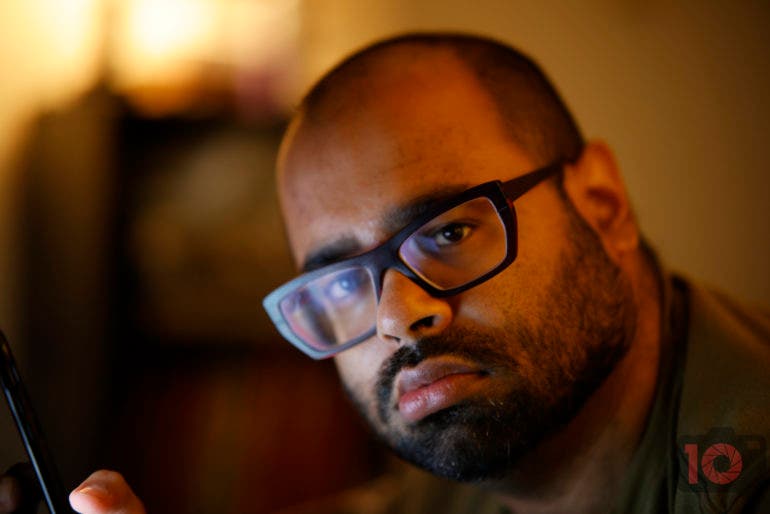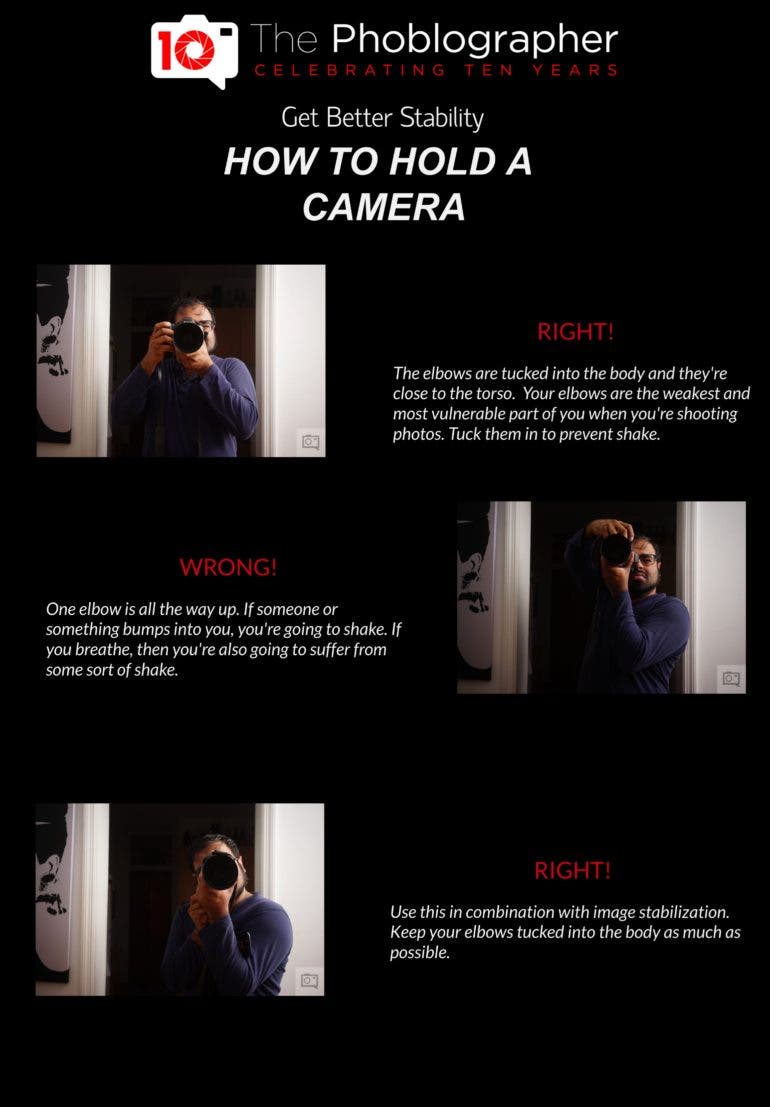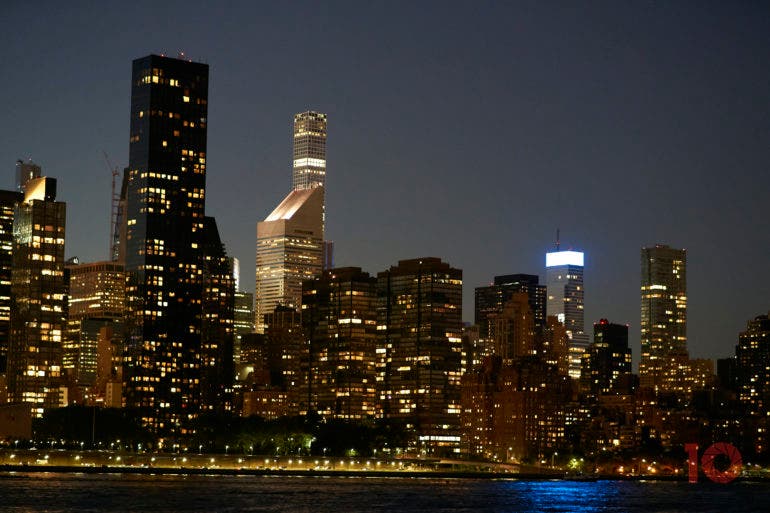Fast Aperture Lenses Are Great for More Than Just the Bokeh
Bokeh is what we often think about for fast aperture lenses, but remember they have way more uses than just that!
The truth is that experienced, passionate photographers know a lot better. We know bokeh isn’t the only reason to choose a fast aperture lens, but it’s a major reason. If you’re a Leica shooter, then chances are you’ve got more sense than this. But if you shoot with any other system, you’ll go for the fastest lens possible. We don’t need them per se. Personally speaking, I don’t own a single Sony lens faster than f1.8. And truer than that, you probably aren’t using fast aperture lenses to their fullest effects. So let’s dive into that.
The Obvious: Stability

At least to us, this is an obvious one. Stability is huge. Even though faster aperture lenses are heavier, they can help with stability. More light hitting the sensor or the film plane means that you can shoot faster. A faster shutter speed gets you more stability. That results in sharper photos. Even though most camera systems have image stabilization built-in, this matters. I can’t tell you how many times I’ve encountered photographers who couldn’t shoot slower than 1/125th because of poor technique.
Of course, using a flash with a fast aperture lens is also possible. And the effects of flash duration can mitigate shaky hands. The best thing to do is to couple this with good form.

Here’s an infographic on how to hold a camera. It works no matter your gender. And here’s a snippet from our blog post:
“There are different sides to the coin here. I’ve been scolded by men older, lamer, and with something to hide that you should always deflate your lungs when shooting and that army snipers do this. I can tell you that this isn’t necessarily true. But the rationale behind it is pretty logical. Think of a balloon, it doesn’t move around at all when it’s fully deflated. But when it’s filled with air, it can move on its own.”
Apply this to using your fast aperture lenses, and you’ll be all set.
Fast Aperture Lenses, Nuclear Level High ISOs and the Digital Effect

Grab a digital camera at 28mm f1.4 and focus out to infinity. If you look at the whole image, loads of the scene will be in focus without any problems. Try to do that with film, and it’s not the case. Why? One part of it has to do with resolution, while the other part has to do with physics. But, if you’re shooting out to infinity wide open, you’ll get more of the scene in focus with digital than you will with film.
Focusing out to infinity, combined with a fast shutter speed, can help you avoid nuclear high ISO levels. This works great for photo walks. If you’re shooting a landscape or cityscape at night, shooting wide open helps. It’s pretty critical if you’re not using a tripod. But no matter what, you’ll only get this effect when working with digital. We’ve never seen it happen with film. This is just another trick of fast aperture lenses.
As a Story Telling Technique

Lastly, fast aperture lenses are great for storytelling. One could say it’s for the bokeh, bt the truth is that it’s more for making people pay attention to something specific. Cinema does this all the time. Have your subject in focus, and then blur out the rest of the background. But, don’t use it with any hopes that you’re going to get great bokeh. Instead, use it to make your subject pop more.
To do that, make sure the background has a contrasting color from your subject’s clothing and skin tones. Effective lighting helps with that.